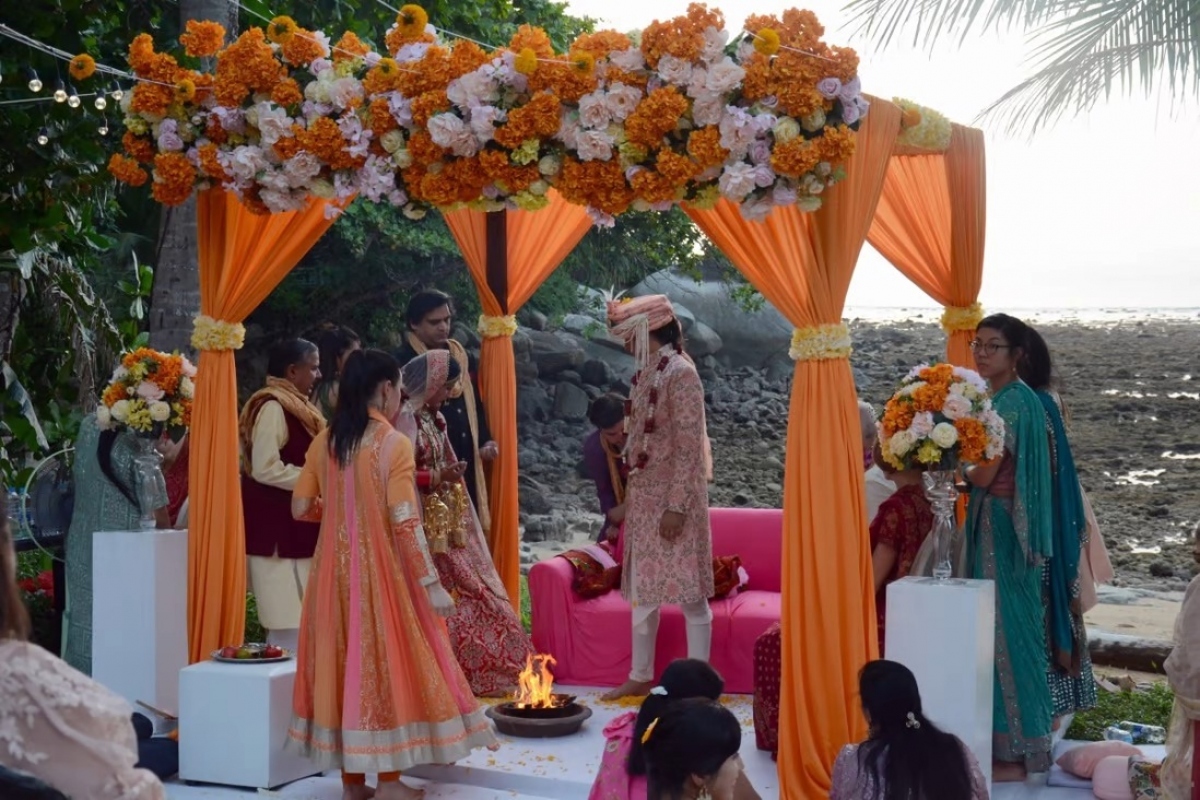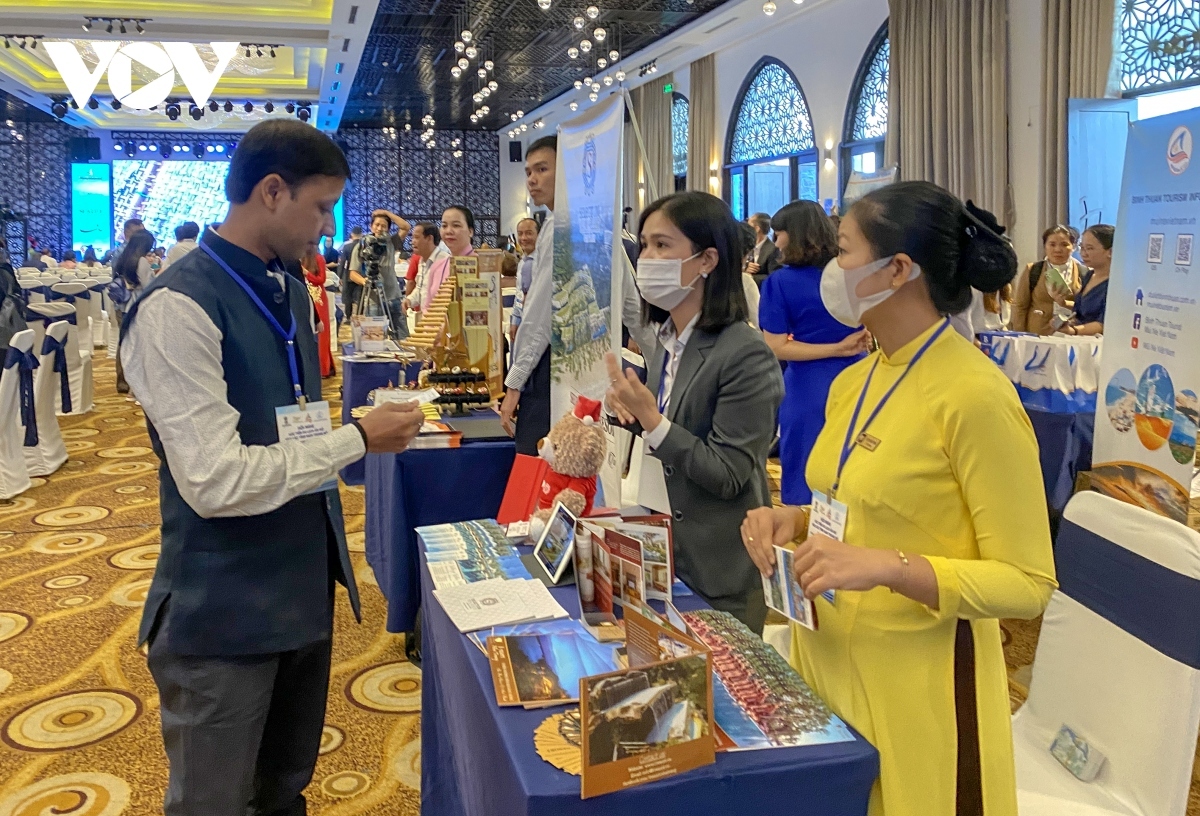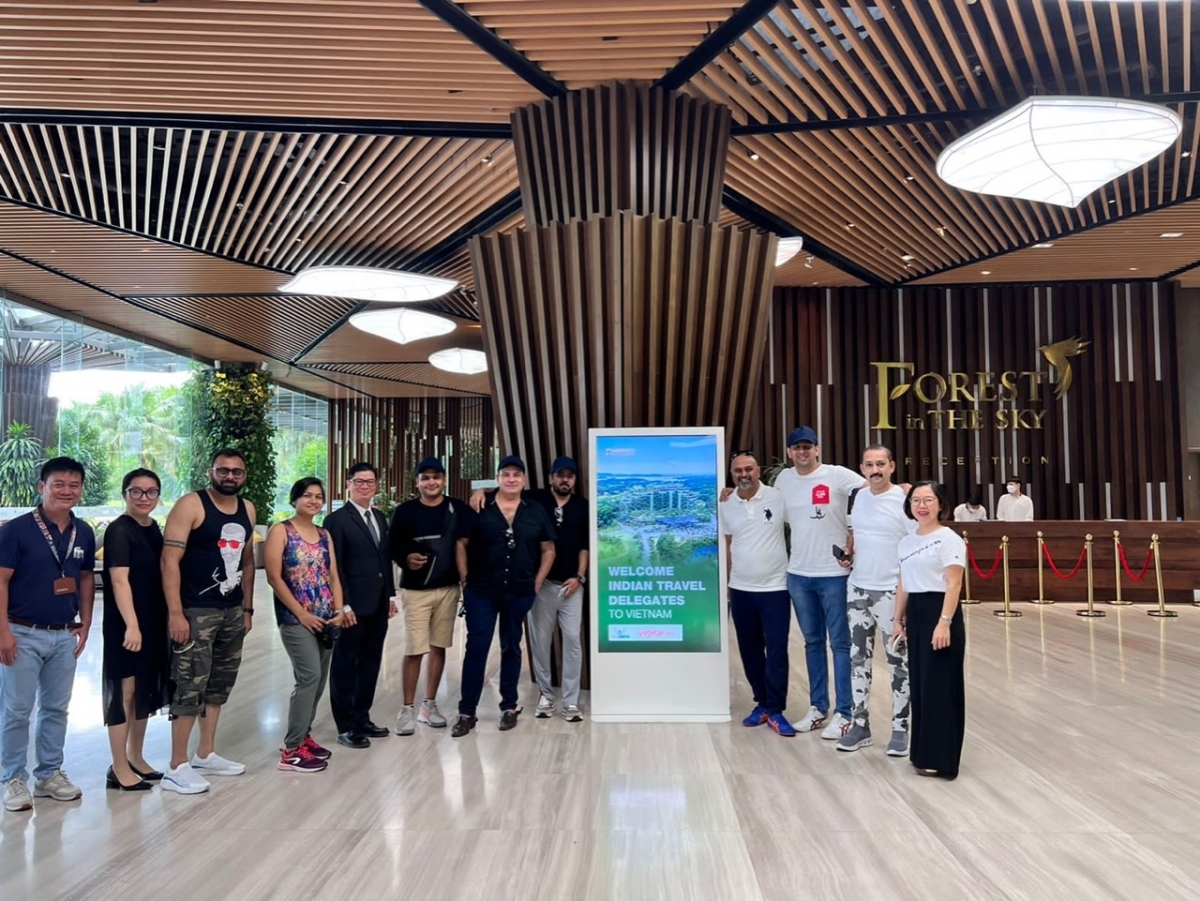Vietnamese tourism industry seeks to attract Indian visitors
India has emerged as a tourism market that boasts huge potential as it supplies a steady source of visitors to regional countries, including Australia, Thailand, Singapore, and Vietnam, following a sharp drop in the number of visitors from China, Japan, and Russia.
Rolling out the red carpet for Indians

An Indian wedding held in Phuket, Thailand. (Photo: Shutterstock/SCMP)
A recent study conducted by Nangia Andersen LLP & FICCI shows that Indians would spend US$42 billion on overseas travel by 2024, compared with just US$12.6 billion in 2021 and US$22.9 billion in 2019. Indeed, the majority of Indian tourists usually choose to travel to Southeast Asia, while only 10% choose destinations in Oceania and 20% in Europe.
Singapore, for instance, is a hugely popular tourist destination for Indian people. Statistics indicate that by the end of August, the island state had welcomed 378,500 Indians out of a total of 2.96 million foreign arrivals since it reopened its doors to international tourism.
Juliana Kua, assistant chief executive officer at the Singapore Tourism Board, said that the local tourism industry has learnt to adapt to these changes to not only match the demands of Indian visitors, but also to woo them back.
“Besides attractive services, we also make sure the dishes are suitable for Indians. Cruise ships in Singapore also arrange a separate area for Indian guests,” Kua told VOV.VN.
Elsewhere, Southeast Asian nation Thailand received approximately 400,000 Indian travelers during the initial eight months of the year, representing 10% of the total number of foreign arrivals in its market. Many Thai restaurants have now switched to serving Indian delicacies, while mujra, an Indian-style bar, which is usually only found in Malaysia or Singapore, is now popping up in several of Thailand’s main tourist cities.
According to the South China Morning Post, many resorts in Pattaya, Hua Hin, and Phuket saw a spike in bookings from Indian guests between November 2022 and February 2023. Siripakorn Cheawsamoot, deputy governor of the Tourism Authority of Thailand, cited statistics which highlight Indian couples preferring overseas venues, including Thailand, for weddings and honeymoons.
Opportunities for Vietnam

Indian and vietnamese tour businesses exchange the possibility of cooperation at a B2B meeting in Khanh Hoa.
The past nine months of the year witnessed only 61,300 Indians visit Vietnam, a figure which is half the number of Indian travelers to the country during the same period from 2019 and remains modest compared to regional competitors, such as Thailand and Singapore.
FinancialExpress reported that although airlines have launched direct flights between the two countries, Vietnam remains absent from the top foreign destinations that Indian tourists are seeking for their holiday in October.
However, positive signs can be seen emerging in the third quarter of the year that witnessed nearly 42,000 Indian visitors choose to travel to Vietnam, representing a two-fold increase compared to the number recorded in the first half of the year.
This encouraging result can largely be attributed to a series of promotional activities conducted by Vietnam, including launching communication campaigns, operating flights, and connecting tourism businesses between the two countries. By the end of this year, it is expected that there will be 21 routes with more than 60 flights per week connecting the country with India.
Nguyen Thi Van Anh, general director of Flamingo Travel, said Vietnam remains a favourite tourist destination among Indian holidaymakers.
“Previously, Vietnam could not compete with Thailand and Singapore because of a lack of direct flights that fueled tour costs,” confided Van Anh, adding “Since Vietjet Air opened direct flights, along with the promotion of Vietnam’s image, Vietnam has become a hot destination. Indian tourists now have more choices such as Golden Bridge and Ba Na Hills in Da Nang instead of the major venues like Ha Long Bay, Hanoi, and Ho Chi Minh City as in the past.”

Indian businesses explore tourism cooperation opportunities in Vietnam. (Photo :Flamingo Travel)
The executive therefore affirmed that Vietnam boasts a wealth of opportunities to attract Indian holidaymakers thanks to convenient transportation, affordable tours, and a range of attractive products on offer.
“What we need now is the leading role of the Vietnam National Administration of Tourism, in an effort to form a community of service providers and tour operators together to serve the Indian market,” said the Flamingo Travel official.
“It is necessary to agree on common criteria because Indian customers pay attention to tour prices. Only when we design common products, can we sit at the negotiating table with suppliers,” suggested the executive.
VOV

